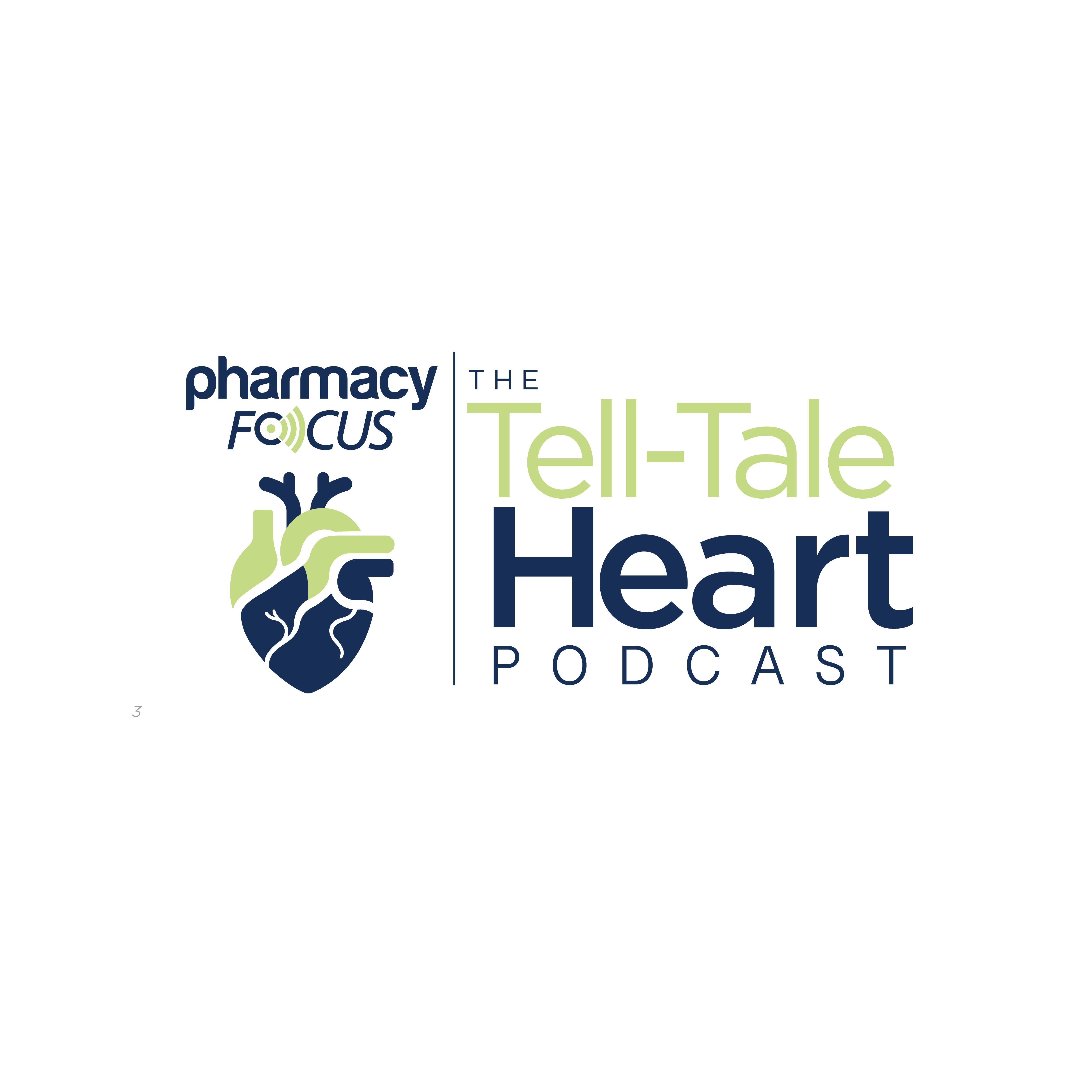Antimicrobial resistance continues to be an urgent threat, with more than 2.8 million antibiotic-resistant infections occurring each year and more than 35,000 associated deaths in the United States.1 The World Health Organization lists carbapenem-resistant Enterobacterales (CRE) and carbapenem-resistant Pseudomonas aeruginosa (CRPA) as critical-priority pathogens in need of new antibiotic treatments.2
Carbapenemases are commonly produced by CRE and can be due to serine carbapenemases (Klebsiella pneumoniae carbapenemase [KPC] and OXA-48) and/or metallo-β-lactamases (New Delhi metallo-β-lactamase [NDM], Verona integron-encoded metallo-β-lactamase [VIM], and imipenemase [IMP]).3,4 Although KPC is currently the most common carbapenemase among CRE in the US, metallo-β-lactamase (MBL)–producing Enterobacterales, primarily NDM, are on the rise, with an increase in MBL gene prevalence from 3.8% in 2019 to 20.4% in 2021.5
Carbapenemase production is a relatively uncommon cause of CRPA in the US, but it is identified in other regions of the world and is most commonly due to KPC and VIM enzymes.6 The novel β-lactam/β-lactamase inhibitors—including ceftazidime-avibactam (CAZ-AVI), ceftolozane-tazobactam (TOL-TAZ), imipenem-cilastatin-relebactam (IMIREL; Recarbrio; Merck & Co, Inc), and meropenem-vaborbactam (MEV)—have been efficacious for treating carbapenem-resistant infections; however, they lack activity against MBLs when utilized alone.4 Current strategies recommended for treating CRE infections when MBLs are present include aztreonam-avibactam, CAZ-AVI plus aztreonam, and cefiderocol (Fetroja; Shionogi Inc).7-9
However, mortality rates for infections caused by MBL-producing organisms remain high, and new treatment options are needed.7 Taniborbactam is a boronate β-lactamase inhibitor that distinguishes itself from other currently available β-lactamase inhibitors because it has direct inhibitory activity against MBL enzymes, including both NDM and VIM.4 This novel β-lactamase inhibitor has been studied in combination with cefepime for complicated urinary tract infections (cUTI) and currently remains under FDA review. The purpose of this article is to describe the in vitro and clinical efficacy data of cefepime-taniborbactam (FTB; Venatorx Pharmaceuticals, Inc and Melinta Therapeutics LLC) for CRE and CRPA.
Cefepime-Taniborbactam
FTB is a novel β-lactam/β-lactamase inhibitor combination antibiotic that consists of a commonly utilized fourth-generation cephalosporin and a next-generation cyclic boronate β-lactamase inhibitor.4 Taniborbactam restores the antibacterial activity of cefepime against Enterobacterales and P aeruginosa isolates producing serine β-lactamases (cefotaximase-Munich [CTX-M], KPC, OXA-48) and MBLs (NDM, VIM, Sao Paulo metallo-β-lactamase, and German imipenemase, but not IMP).4 Among cefepime-resistant Enterobacterales and P aeruginosa, FTB restored susceptibility to 98.3% and 78.3% of isolates, respectively.10
Numerous studies have demonstrated that FTB has potent in vitro activity against gram-negative organisms, including CRE and CRPA.10-13
Karlowsky et al assessed the in vitro activity of FTB and comparator agents against Enterobacterales and P aeruginosa isolates collected from 2018 to 2020. Among the carbapenemase-producing Enterobacterales (n = 633), FTB demonstrated 94.6% susceptibility (defined as a minimum inhibitory concentration [MIC] of ≤ 16/4 μg/mL) vs 59.6% and 45.2% with CAZ-AVI and MEV, respectively. In MBL-producing Enterobacterales, NDM-producing (n = 207) and VIM-producing (n = 22) isolates demonstrated 84.6% and 100.0% susceptibility to FTB, respectively. FTB also demonstrated activity against non-MBL–producing isolates, including those producing KPC, OXA-48, CTX-M, and ampicillinase C. Among all P aeruginosa isolates (n = 4619), FTB demonstrated 97.4% susceptibility (defined as an MIC of ≤ 16/4 μg/mL) vs 90.5% and 88.8% with CAZ-AVI and TOL-TAZ, respectively. FTB inhibited 92.4% of imipenem-resistant, 89.0% of meropenem-resistant, 79.1% of CAZ-AVI–resistant, and 78.1% of TOL-TAZ–resistant P aeruginosa isolates. FTB was also the most active agent against carbapenemase-producing P aeruginosa isolates (n = 249), inhibiting 71.5%. Notably, the provisional susceptibility break point for FTB against both Enterobacterales and P aeruginosa was set at 16/4 μg/mL or less in this study.10
Similarly, Hernández-García et al evaluated the in vitro activity of FTB among 247 carbapenemase-producing Enterobacterales and 163 CRPA clinical isolates from 8 Spanish hospitals. Among the carbapenemase-producing Enterobacterales, OXA-48 was the most frequent carbapenemase detected (46.1%), followed by KPC (35.6%) and MBLs (18.2%). FTB was the most active agent among the Enterobacterales isolates, with 97.6% inhibition based on a provisional break point of 8/4 μg/mL or less at the time this study was conducted. In comparison, susceptibility rates were 83.8% with MEV and 80.6% with CAZ-AVI. Among the MBL-producing Enterobacterales (n = 45), FTB inhibited 93.3% of isolates. Among the P aeruginosa isolates, FTB inhibited 67.5% of isolates based on a provisional break point of 8/4 μg/mL or less at the time this study was conducted vs 36.2% with TOL-TAZ and 63.2% with CAZ-AVI. Carbapenemase genes were confirmed in 49.7% of P aeruginosa isolates and were predominantly due to VIM enzymes. Among MBL-producing P aeruginosa isolates (n = 49), FTB remained susceptible against 63.2% of isolates. In P aeruginosa isolates that did not produce carbapenemases, the activity of FTB (46.5%) was lower than CAZ-AVI (62.8%) but comparable to TOL-TAZ (48.8%) and IMI-REL (46.5%).11
The safety and efficacy of FTB was evaluated in the phase 3 CERTAIN-1 study (NCT02707952), which was a double-blind, randomized, noninferiority clinical trial. Importantly, a prespecified analysis for superiority of the primary outcome was also performed. Hospitalized adults with cUTI, including acute pyelonephritis, were randomly assigned in a 2:1 ratio to receive intravenous FTB 2.5 g (2 g of cefepime, 0.5 g taniborbactam) infused over 2 hours every 8 hours or meropenem 1 g infused over 30 minutes every 8 hours for 7 days. The majority of baseline pathogens were Enterobacterales (> 95%), with cefepime-resistant and multidrug-resistant isolates being present in 22.0% and 35.6%, respectively.14
About the Authors
Sari Cohen, PharmD, is a PGY-2 infectious diseases pharmacy resident in the Department of Pharmacy Services at University of Virginia (UVA) Health in Charlottesville.
Taylor Morrisette, PharmD, MPH, is an assistant professor in the Department of Pharmacy Services and the Department of Clinical Pharmacy and Outcomes Sciences at the Medical University of South Carolina College of Pharmacy in Charleston.
Corey J. Medler, PharmD, MPH, BCIDP, is an infectious diseases clinical pharmacist at the UVA in Charlottesville, Virginia.
The primary efficacy outcome was a composite of microbiologic and clinical success at test of cure for the microbiologic intention-to-treat (microITT) population, which included patients with a gram-negative pathogen susceptible to both study drugs. Composite response of both microbiologic and clinical success occurred in 207 of 293 (70.6%) in the FTB group and in 83 of 143 (58.0%) in the meropenem group. The primary efficacy outcome met criteria for superiority, which was largely driven by higher rates of microbiologic cure in the FTB group. The extended microITT population included all patients in the microITT population plus patients with a gram-negative pathogen susceptible to at least 1 study drug. In the extended microITT population, FTB had composite success in 8 of 10 patients with meropenem-resistant pathogens. Adverse events were similar between groups, and most were mild and did not result in discontinuation of the study drug.14
A key limitation of this study was the limited number of patients with meropenem-resistant isolates and the lack of MBL-producing Enterobacterales because these are the likely pathogens for which FTB would be utilized. Additionally, clinical efficacy data supporting the use of FTB for P aeruginosa infections remain limited, as only 12 patients in the FTB group had infections due to this organism.14
Conclusion
MBL-producing Enterobacterales are on the rise, and mortality remains high.5,7 Taniborbactam is a novel β-lactamase inhibitor with direct inhibitory activity against MBLs and has demonstrated in vitro activity against CRE and CRPA harboring NDM and VIM as well as other clinically relevant β-lactamases.14 Further, the CERTAIN-1 trial evaluated the clinical efficacy and safety of FTB compared with meropenem for cUTI, with FTB demonstrating superiority.14 Additional clinical studies are needed to evaluate the clinical efficacy of FTB for CRE and CRP A as well as for infections outside the urinary tract.
FTB still remains under FDA review. According to Venatorx Pharmaceuticals, Inc and Melinta Therapeutics LLC, the FDA has requested additional chemistry, manufacturing, and controls and related data about the antimicrobial testing methods and manufacturing process but did not identify clinical safety or efficacy issues in the new drug application.15
REFERENCES
CDC. Antibiotic Resistance Threats in the United States, 2019. US Department of Health and Human Services; 2019. Accessed April 14, 2025. https://ndc.services.cdc.gov/wp-content/uploads/Antibiotic-Resistance-Threats-in-the-United-States-2019.pdf
Babu Rajendran N, Mutters NT, Marasca G, et al; COMBACTE-MAGNET-EPI-Net Consortium. Mandatory surveillance and outbreaks reporting of the WHO priority pathogens for research & discovery of new antibiotics in European countries. Clin Microbiol Infect. 2020;26(7):943.e1-943.e6. doi:10.1016/j.cmi.2019.11.020
Sabour S, Huang JY, Bhatnagar A, et al. Detection and characterization of targeted carbapenem-resistant health care-associated threats: findings from the Antibiotic Resistance Laboratory Network, 2017 to 2019. Antimicrob Agents Chemother. 2021;65(12):e0110521. doi:10.1128/AAC.01105-21
Hamrick JC, Docquier JD, Uehara T, et al. VNRX-5133 (taniborbactam), a broad-spectrum inhibitor of serine- and metallo-β-lactamases, restores activity of cefepime in Enterobacterales and Pseudomonas aeruginosa. Antimicrob Agents Chemother. 2020;64(3):e01963-19. doi:10.1128/AAC.01963-19
Sader HS, Mendes RE, Carvalhaes CG, Kimbrough JH, Castanheira M. Changing epidemiology of carbapenemases among carbapenem-resistantEnterobacterales from United States hospitals and the activity of aztreonam-avibactam against contemporary Enterobacterales (2019-2021). Open Forum Infect Dis. 2023;10(2):ofad046. doi:10.1093/ofid/ofad046
Reyes J, Komarow L, Chen L, et al; Antibacterial Resistance Leadership Group and Multi-Drug Resistant Organism Network Investigators.Global epidemiology and clinical outcomes of carbapenem-resistant Pseudomonas aeruginosa and associated carbapenemases (POP): a prospective cohort study. Lancet Microbe. 2023;4(3):e159-e170. doi:10.1016/S2666-5247(22)00329-9
Falcone M, Giordano C, Leonildi A, et al. Clinical features and outcomes of infections caused by metallo-β-lactamase-producing Enterobacterales: a 3-year prospective study from an endemic area. Clin Infect Dis. 2024;78(5):1111-1119. doi:10.1093/cid/ciad725
Falcone M, Daikos GL, Tiseo G, et al. Efficacy of ceftazidime-avibactam plus aztreonam in patients with bloodstream infections caused by metallo-β-lactamase-producing Enterobacterales. Clin Infect Dis. 2021;72(11):1871-1878. doi:10.1093/cid/ciaa586
Timsit JF, Paul M, Shields RK, et al. Cefiderocol for the treatment of infections due to metallo-B-lactamase-producing pathogens in the CREDIBLE-CR and APEKS-NP phase 3 randomized studies. Clin Infect Dis. 2022;75(6):1081-1084. doi:10.1093/cid/ciac078
Karlowsky JA, Hackel MA, Wise MG, et al. In vitro activity of cefepime-taniborbactam and comparators against clinical isolates of gram-negative bacilli from 2018 to 2020: results from the Global Evaluation of Antimicrobial Resistance via Surveillance (GEARS) program. Antimicrob Agents Chemother. 2023;67(1):e0128122. doi:10.1128/aac.01281-22
Hernández-García M, García-Castillo M, Ruiz-Garbajosa P, et al. In vitro activity of cefepime-taniborbactam against carbapenemase-producing Enterobacterales and Pseudomonas aeruginosa isolates recovered in Spain. Antimicrob Agents Chemother. 2022;66(3):e0216121. doi:10.1128/aac.02161-21
Golden AR, Baxter MR, Karlowsky JA, et al. Activity of cefepime/taniborbactam and comparators against whole genome sequenced ertapenem-non-susceptible Enterobacterales clinical isolates: CANWARD 2007-19. JAC Antimicrob Resist. 2022;4(1):dlab197. doi:10.1093/jacamr/dlab197
Lasarte-Monterrubio C, Fraile-Ribot PA, Vázquez-Ucha JC, et al. Activity of cefiderocol, imipenem/relebactam, cefepime/taniborbactam and cefepime/zidebactam against ceftolozane/tazobactam- and ceftazidime/avibactam-resistant Pseudomonas aeruginosa. J Antimicrob Chemother. 2022;77(10):2809-2815. doi:10.1093/jac/dkac241
Wagenlehner FM, Gasink LB, McGovern PC, et al; CERTAIN-1 Study Team. Cefepime-taniborbactam in complicated urinary tract infection. N Engl J Med. 2024;390(7):611-622. doi:10.1056/NEJMoa2304748
Venatorx and Melinta provide update on status of U.S. new drug application for cefepime-taniborbactam. News release. Venatorx Pharmaceuticals Inc. February 23, 2024. Accessed April 18, 2025. https://venatorx.com/press-releases/venatorx-and-melinta-provide-update-on-status-of-u-s-new-drug-application-for-cefepime-taniborbactam
Taylor Morrisette, PharmD, MPH, is currently funded through Stellus Rx and AbbVie, has participated in scientific advisory boards for AbbVie and Basilea Pharmaceutica, has provided expert witness testimony for Copeland, Stair Valz & Lovell, and has received honoraria from Infectious Diseases Special Edition.
The other authors have no conflicts to disclose.








